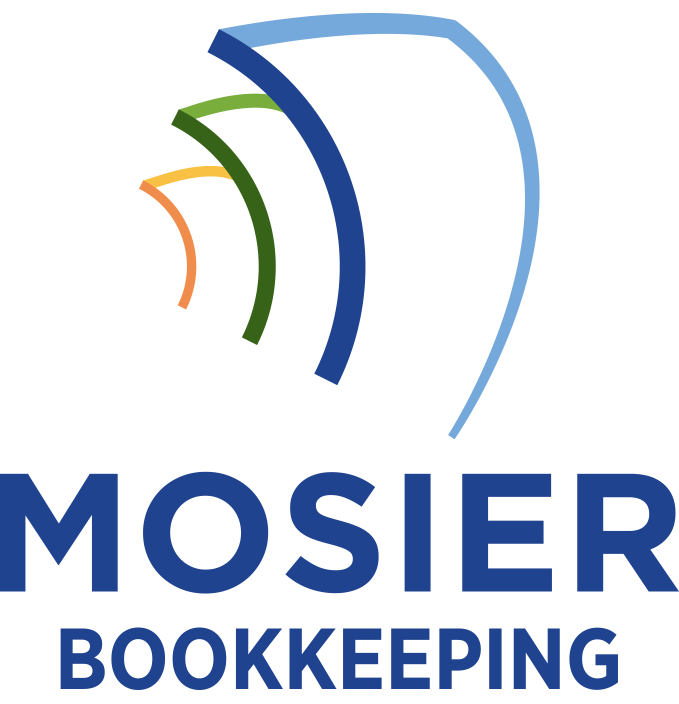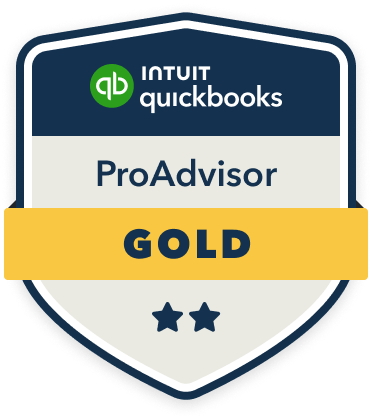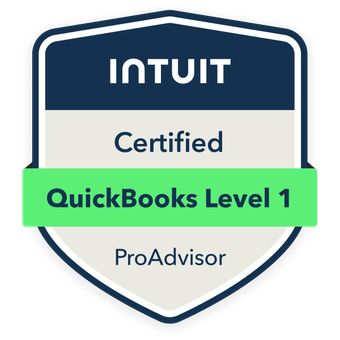To handle bookkeeping for environmental initiatives, I’ll need to create specialized accounts for tracking renewable investments, carbon offsets, and sustainable supply chain costs. I recommend setting up separate ledgers for green certifications, eco-friendly equipment upgrades, and energy-efficient retrofits. It’s vital to document environmental metrics, tax benefits, and ROI calculations. The key is implementing robust systems that integrate traditional accounting with sustainability tracking—a complex process that rewards careful attention to detail.
Common Environmental Expenses and How to Track Them
While running a sustainable business involves various costs, tracking environmental expenses requires particular attention to detail and specialized categorization. I recommend creating distinct accounts for renewable energy investments, waste reduction programs, and eco-friendly equipment upgrades. Track carbon offset purchases, green certification fees, and sustainability consultant costs separately.
I’ve found it effective to implement sub-accounts for utilities that distinguish between traditional and renewable sources. Document energy-efficient retrofits as capital improvements, while categorizing ongoing maintenance of green infrastructure as operational expenses. This granular approach enables precise ROI calculations and strengthens environmental impact reporting.
Recording Carbon Offset Credits and Environmental Certifications
Building on our environmental expense tracking methods, the recording of carbon offset credits and certifications demands its own precise accounting framework. I recommend creating dedicated ledger accounts to track purchased carbon credits as intangible assets, while recording certification costs as prepaid expenses amortized over their validity period.
When you purchase carbon offsets, debit your Carbon Credits Asset account and credit Cash. As you use these credits, transfer their value to an Environmental Compliance Expense account. For certifications like LEED or B Corp, I’ll help you set up deferred expense accounts to systematically recognize costs aligned with their benefit periods.
Accounting for Renewable Energy Investments and Tax Benefits

How can businesses maximize their renewable energy investments while traversing complex tax incentives? I’ll guide you through strategic accounting practices for optimal financial returns.
Track renewable investments separately in your chart of accounts, categorizing solar panels, wind turbines, and energy storage systems as fixed assets. Depreciate these assets according to IRS guidelines while monitoring performance metrics. I recommend creating specific expense accounts for maintenance and upgrades.
Document every available tax credit, from federal Investment Tax Credit (ITC) to state-specific incentives. Calculate accelerated depreciation benefits under MACRS. Record renewable energy certificates (RECs) as intangible assets when applicable. This precise tracking guarantees you capture maximum financial advantages.
Documenting Green Supply Chain and Material Costs
As an accountant focused on sustainable practices, I’ll show you how to efficiently track your eco-supplier expenses by categorizing them based on environmental certifications, carbon footprint metrics, and fair trade documentation. You’ll need to maintain detailed records of sustainable material costs, including premiums paid for green alternatives, recycled content percentages, and lifecycle assessment data. I recommend creating separate ledger accounts for conventional versus environmentally preferred materials to accurately analyze cost differentials and justify green purchasing decisions to stakeholders.
Tracking Eco-Supplier Expenses
Successful tracking of eco-supplier expenses boils down to meticulous documentation of your green supply chain costs. I recommend categorizing each supplier’s environmental certifications, sustainable practices, and pricing structures in your accounting system.
| Expense Category | Documentation Required |
|---|---|
| Raw Materials | Certification Papers, Origin Verification |
| Transportation | Carbon Offset Receipts, Fuel Reports |
| Packaging | Recycled Content %, Biodegradability Tests |
I’ve found that linking these expenses to your sustainability KPIs strengthens your financial reporting. You’ll want to maintain separate ledger accounts for conventional versus eco-friendly suppliers, enabling you to quantify the ROI of your green initiatives precisely.
Sustainable Material Cost Analysis
Breaking down sustainable material costs requires systematic analysis of your entire green supply chain. I recommend tracking each eco-friendly material’s lifecycle costs, from raw material extraction through end-of-life disposal. This approach reveals true environmental and financial impacts while identifying optimization opportunities.
- Calculate your material cost ratios to benchmark sustainability ROI against industry standards
- Document regenerative material investments to showcase your competitive advantage
- Monitor waste reduction metrics to demonstrate tangible cost savings from sustainable practices
When analyzing sustainable materials, I focus on both immediate expenses and long-term environmental benefits. This data-driven strategy helps you make informed decisions while strengthening your market position.
Financial Reporting Requirements for Sustainability Initiatives

I’ll walk you through two critical reporting requirements that every sustainable business must master: environmental impact disclosures and carbon credit accounting standards. Environmental impact disclosures require you to document and report your company’s ecological footprint, including emissions data, waste management metrics, and resource consumption patterns. Carbon credit accounting standards govern how you’ll record, track, and report your carbon offset purchases and sales, ensuring compliance with both regulatory frameworks and voluntary reporting initiatives.
Environmental Impact Disclosures
Environmental impact disclosures have become increasingly critical for sustainable businesses as regulatory bodies worldwide fortify their reporting requirements. I’ve found that proper documentation of environmental metrics isn’t just about compliance—it’s about positioning your business as a leader in sustainability.
- You’ll gain competitive advantage by transparently reporting your carbon footprint, demonstrating your commitment to environmental stewardship
- You’ll attract environmentally conscious investors who demand detailed sustainability metrics
- You’ll protect your business from future regulatory changes by staying ahead of disclosure requirements
I recommend implementing robust tracking systems for emissions, waste management, and resource consumption to guarantee accurate, verifiable environmental impact data.
Carbon Credit Accounting Standards
Carbon credit accounting has evolved into a complex but essential framework for sustainable businesses tracking their environmental investments. I’ll show you how to master the core standards that’ll give you control over your company’s carbon credit portfolio.
| Standard Type | Key Requirements | Your Strategic Advantage |
|---|---|---|
| ISO 14064-1 | GHG inventory tracking | Enhanced market credibility |
| VCS Protocol | Project validation | Premium credit pricing |
| Gold Standard | Social impact metrics | Access to premium markets |
| CCB Standards | Biodiversity assessment | Competitive differentiation |
| EU ETS MRV | Emissions monitoring | Regulatory compliance |
You’ll need to implement rigorous documentation systems to verify credit authenticity and maintain transparent reporting across all carbon offset projects.
Software Solutions for Environmental Bookkeeping Management
Through modern technology, managing a sustainable business’s environmental impact has become considerably more streamlined. I recommend specialized software solutions that integrate environmental metrics with traditional accounting functions, giving you complete control over your sustainability data.
- Track your carbon footprint in real-time with platforms like Greenly or Persefoni, empowering you to make immediate adjustments
- Leverage blockchain-enabled sustainability tracking for unparalleled transparency and accountability
- Command your resource allocation with AI-powered predictive analytics that forecast environmental impacts
These tools transform complex environmental data into actionable insights, positioning you as a leader in sustainable business practices while maintaining precise financial control.









